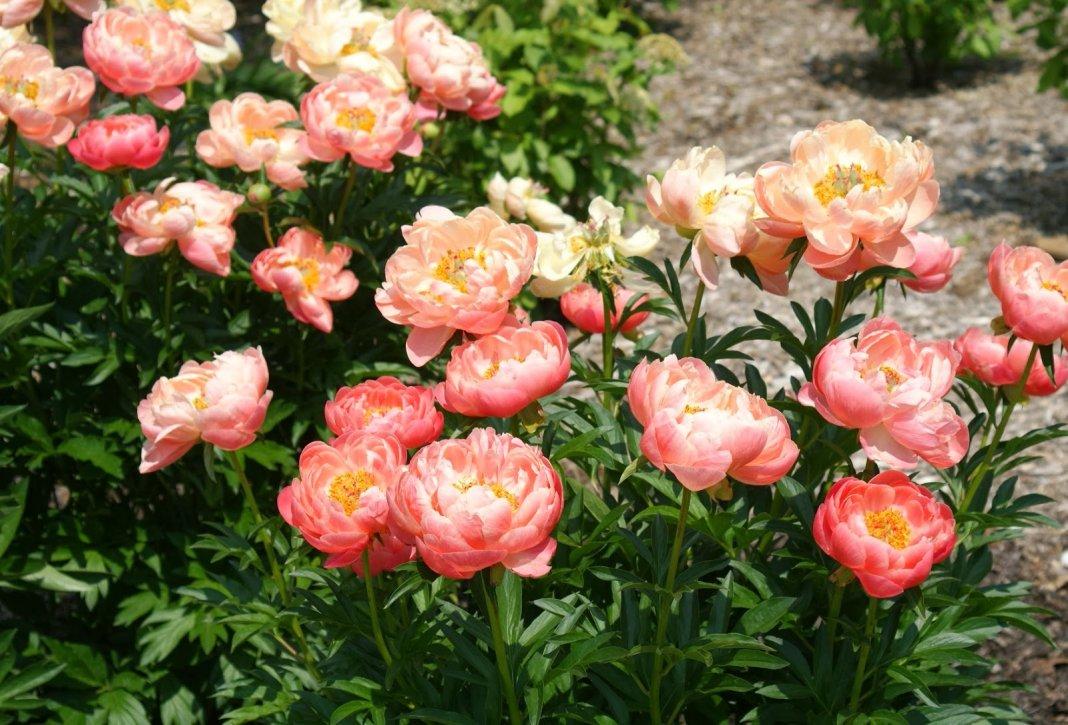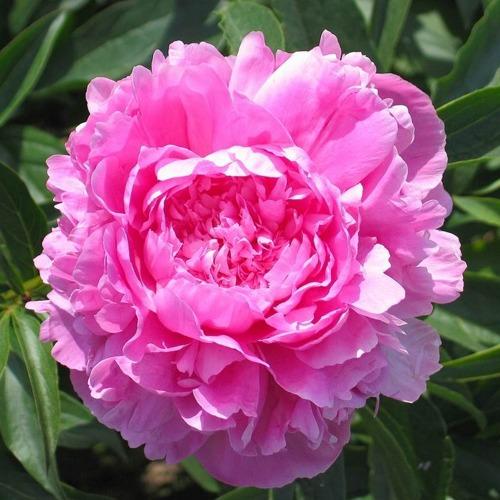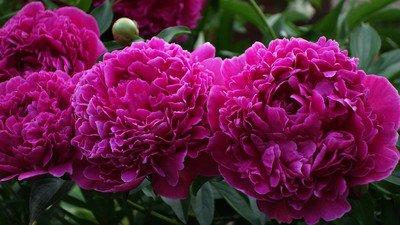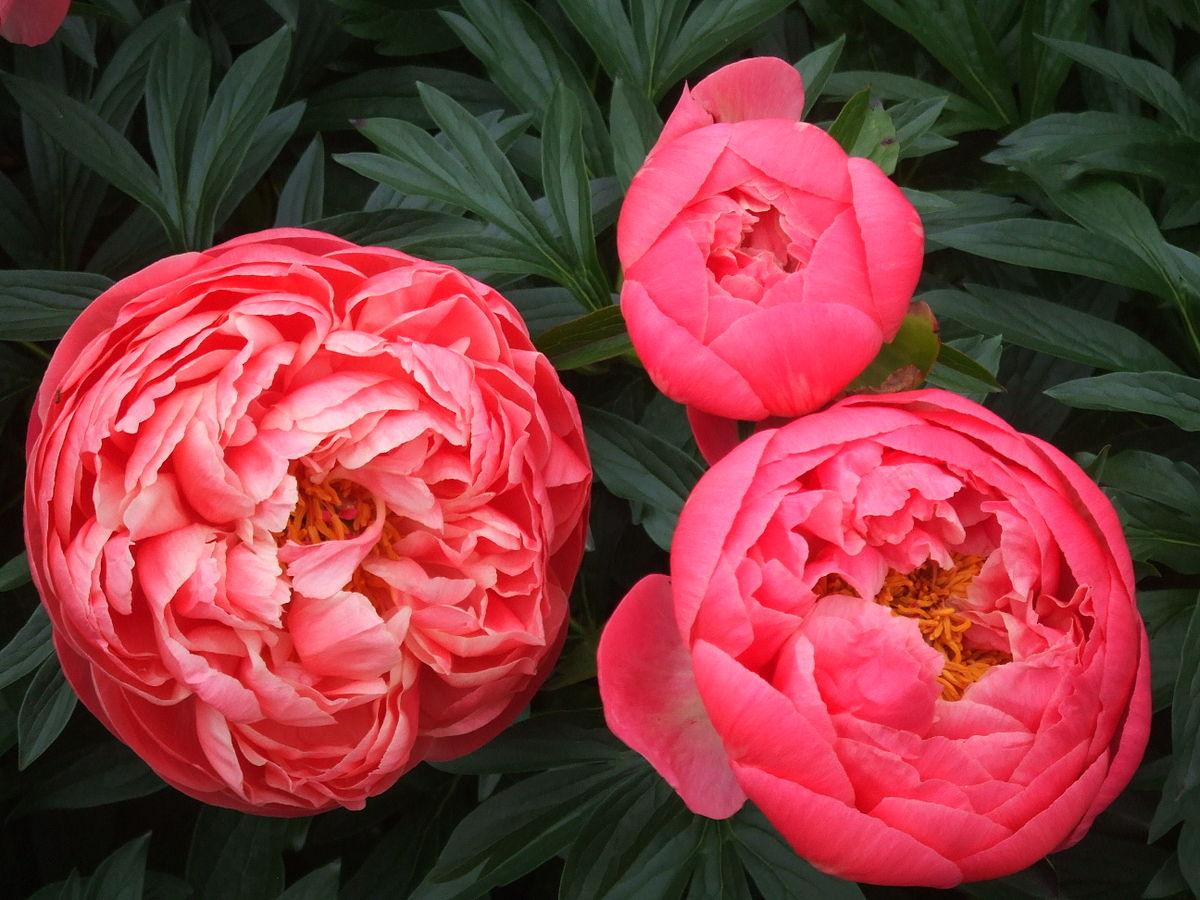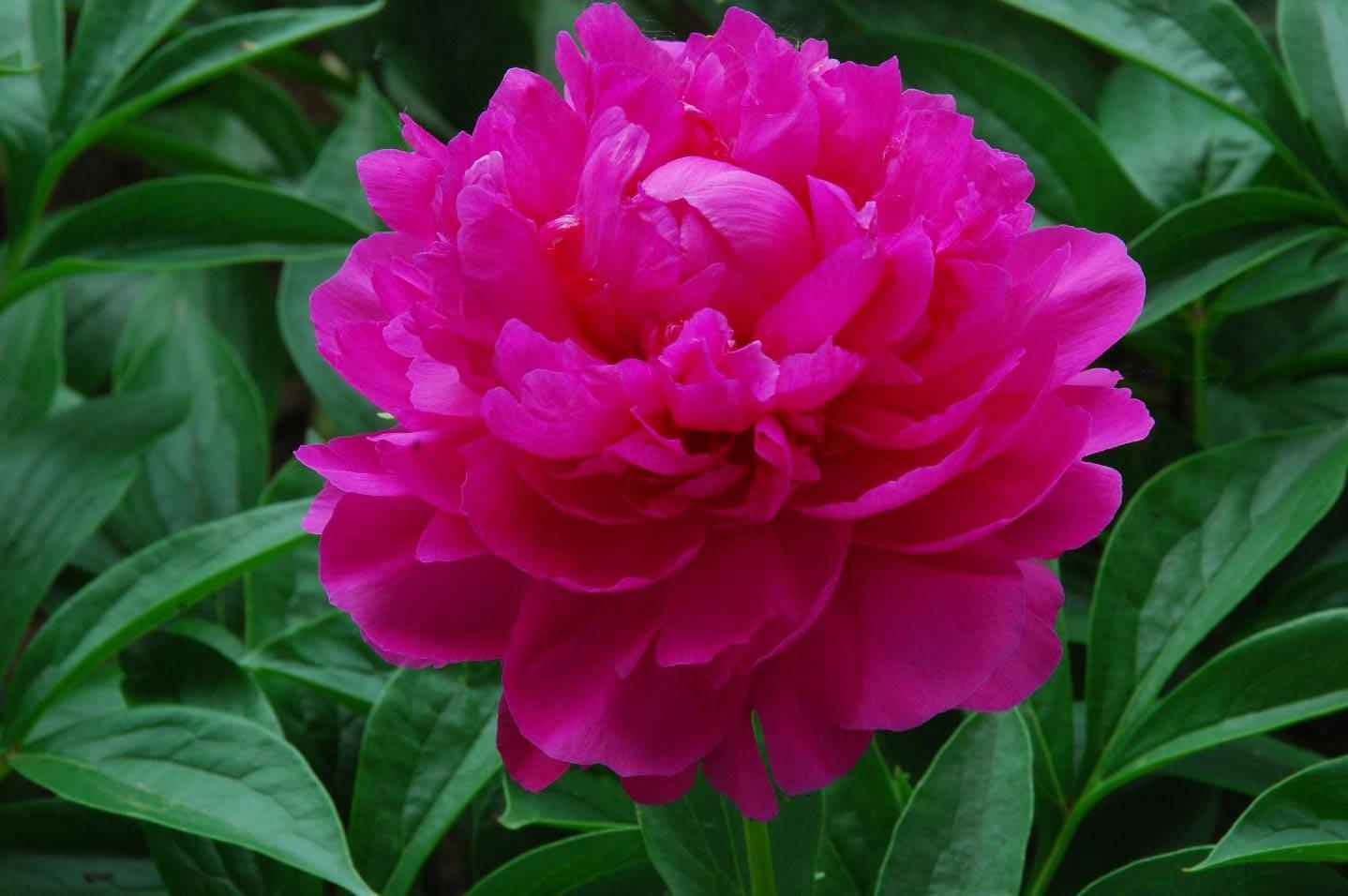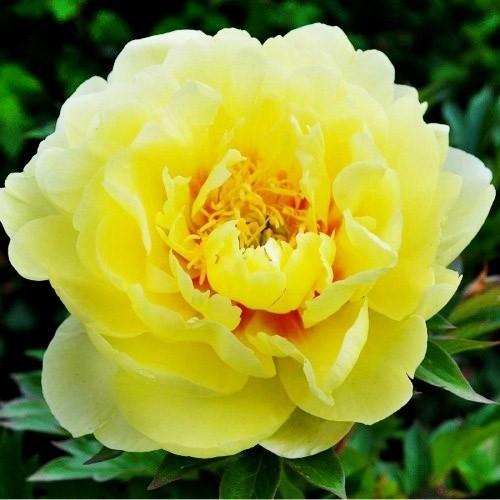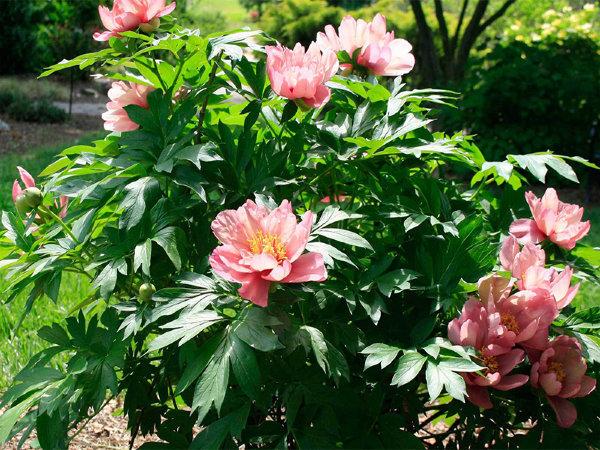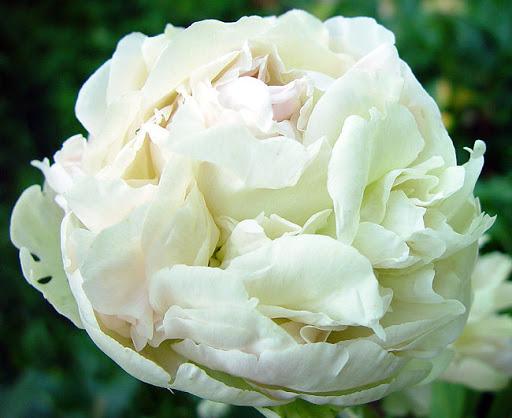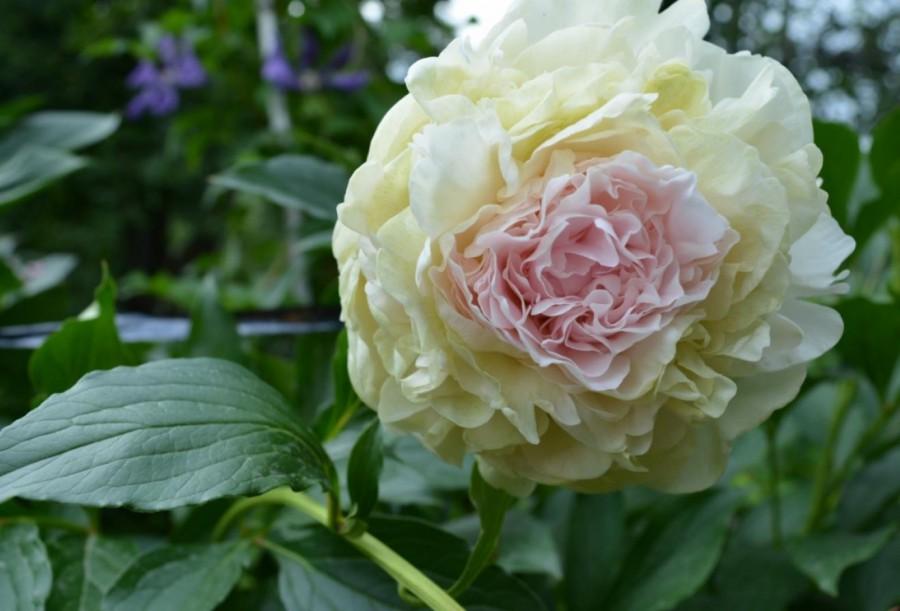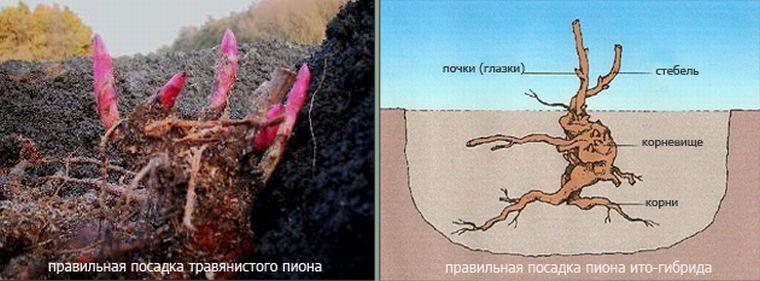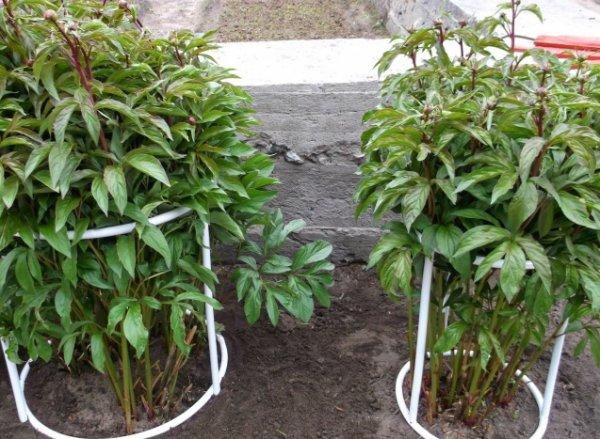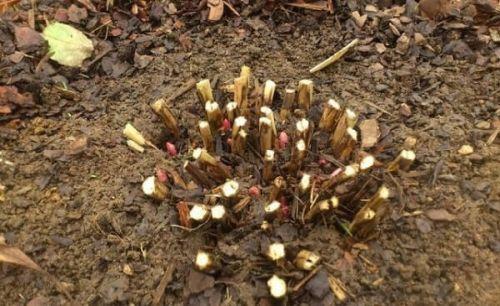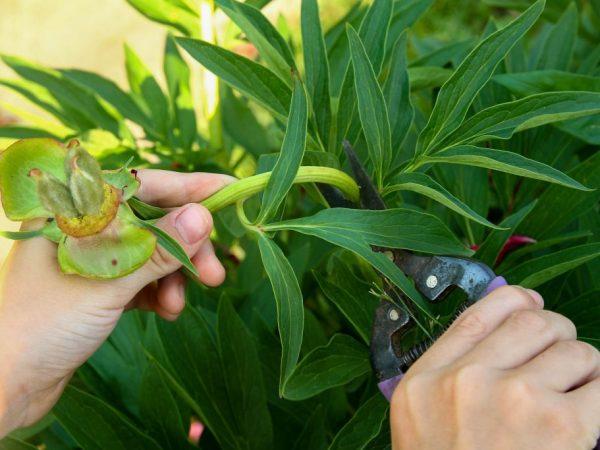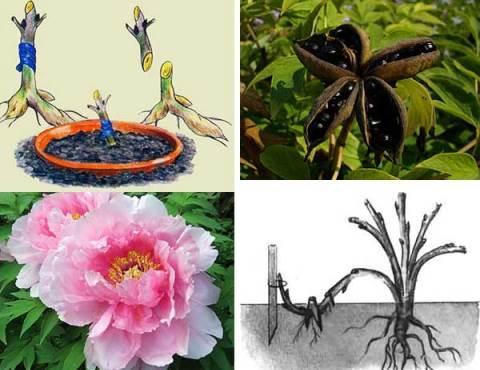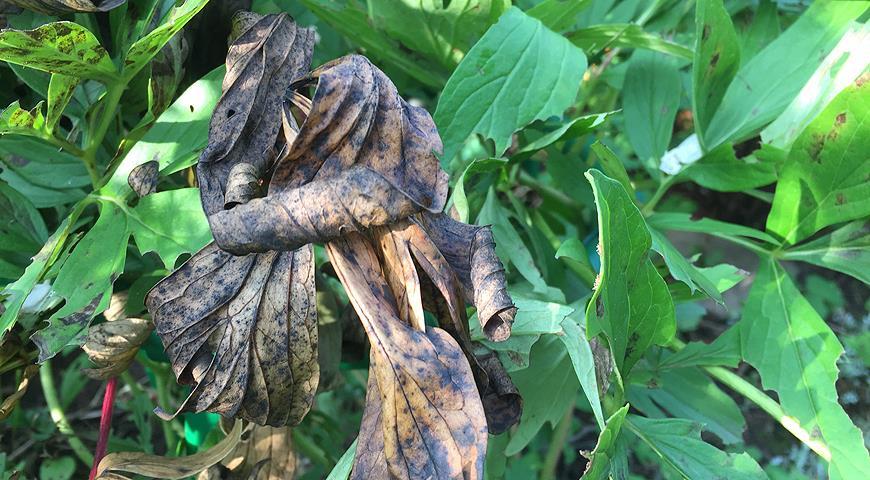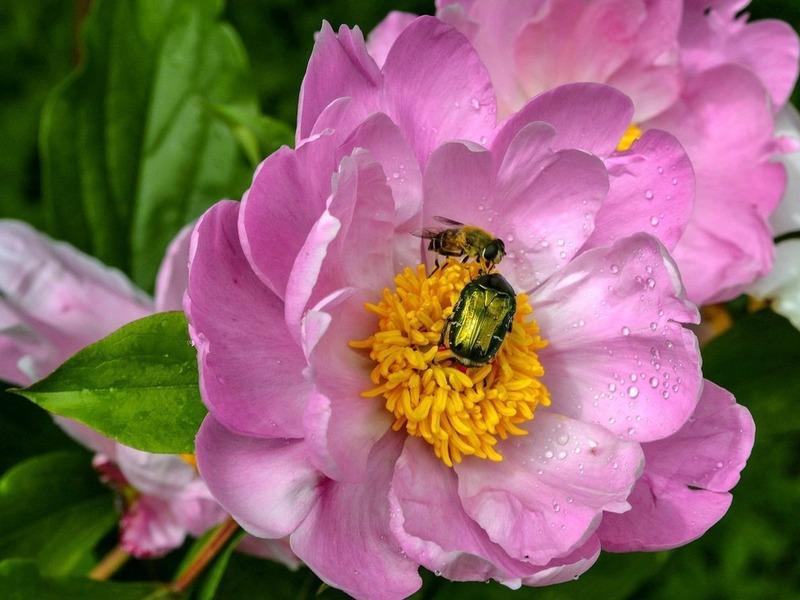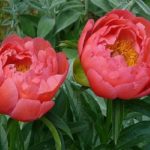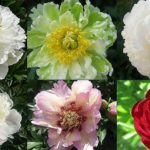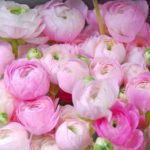The herbaceous peony is a unique garden plant. It attracts attention even after flowering has finished. Most hybrids have leaves that change color throughout the season. Peony is able to grow for many years in one place and not lose its abundant flowering. In order for the plant to develop normally and not get sick, it needs to be provided with high-quality care.
- Description and features
- Kinds
- By shape
- Not terry
- Semi-double
- Japanese
- Anemoids
- Globular
- Petals arranged in the shape of a rose
- By color
- White
- Pink
- Lilac
- Burgundy
- Reds
- Yellow
- Coral
- Unusual
- The best varieties
- Coral Charm
- Da Fu Gui
- Pink Hawaiian Coral
- Sarah Bernhardt
- Princess Julian
- Bartzella
- Yellow Emperor
- Hillary
- Morning Lilac
- Old rose Dandy
- Rock Garden Peonies
- Early Scout
- Fairy Princess
- Eaglet
- Bessie
- Aza Gray
- Carol
- Anatoly Skakadub
- Kievan Rus
- Alice Cruz
- Monsieur Jules Elie
- Planting in open ground
- Deadlines
- Autumn sowing
- Features of spring sowing
- Selecting a location
- Soil preparation
- Planting scheme
- When and how to replant
- Trimming and garter
- Everything you need to know about fertilizing
- Care and cultivation
- Autumn
- Spring
- Summer
- Reproduction
- Seeds
- Cuttings
- By layering
- Rhizome division
- What to do when they bloom
- Diseases
- Gray rot
- Powdery mildew
- Pests
- Aphid
- Ticks
- Thrips
- Application in landscape design
Description and features
This is a powerful perennial plant that can reach 50-100 centimeters in height. It is characterized by strong roots. They are able to penetrate the soil almost 1 meter and grow up to 50 centimeters.
The bushes are dense and covered with many leaves. They include branched shoots. Peonies are characterized by petiolate leaves that have an alternate arrangement. The leaf blades are different in shape - trifoliate-pinnate, trifoliate, pinnately divided. Peony shoots can lean toward the ground, so they need support.
Herbaceous plant species are distinguished by large flowers, which reach a diameter of 15-17 centimeters.
Kinds
Peonies of this type can have different rosettes. First of all, they differ in the shape of the inflorescences.
By shape
The shape of the flowers of the plant can be different - semi-double, non-double, double. Other varieties are also found.
Not terry
Such peonies are also called simple. The rosette forms 1-2 rows of petals.At the same time, the flower has a cup-shaped shape with pronounced stamens and pistils.
Semi-double
Such peonies are characterized by lush yet light flowers. The rosette includes 3-7 rows of petals.
Japanese
The petals of such peonies are arranged in 1-2 rows. They are characterized by numerous stamens and staminodes.
Anemoids
For this varieties of peonies characterized by a single-row perianth and petalodia that fill the center.
Globular
Such peonies have horizontally arranged large petals on the outside. In this case, the inner petals form a dense ball.
Petals arranged in the shape of a rose
Pink peonies have compact flowers with dense double flowers. At the same time, in terms of the arrangement of the petals, they are similar to a rose.
By color
There are many options for shades of such peonies. This allows each gardener to choose the best option.
White
These plants look very delicate. Popular representatives of white peonies include Lotus Queen, Ann Cousins.
Pink
Pink peonies are very popular among gardeners. This category includes varieties such as Corinne Wersan, Blush Queen.
Lilac
An interesting representative of such peonies is the Japanese variety Velma Atkinson. It is distinguished by its early flowering.
Burgundy
Such peonies look very elegant. These include varieties such as Ruth Clay, Bandmaster, Paul M. Wild.
Reds
A striking representative of this category is the dark red peony Ruth Clay. It has anemone-shaped inflorescences and is distinguished by its early onset of flowering.
Yellow
This category includes the spectacular Duchesse de Nemours. It is characterized by white-yellow inflorescences.
Coral
Peonies of this shade look very attractive.Spectacular representatives of coral varieties include Coral Supreme and Coral Sunset.
Unusual
Among the varieties of herbaceous peonies you can find very unusual plants. Thus, Dutch Dwarf is characterized by unusual bluish-green leaves, and Bess Bockstoce has an original shape of inflorescences.
The best varieties
Today there are quite a few spectacular varieties of herbaceous peonies, each of which has certain characteristics.
Coral Charm
This is a mid-early variety that has coral-pink flowers. They are characterized by a pleasant aroma.
Da Fu Gui
This is a milky-flowering variety that was bred in China. It is characterized by beautiful chrysanthemum-like inflorescences.
Pink Hawaiian Coral
This is a tall variety that reaches a height of 1 meter and has coral-pink inflorescences.
Sarah Bernhardt
This is a fairly old French variety, which is characterized by double pink flowers and has a pleasant aroma.
Princess Julian
This is an old Dutch variety that has a lily of the valley aroma. It is characterized by large light pink inflorescences.
Bartzella
This culture has large semi-double flowers. They reach 15-20 centimeters in diameter and are yellow in color.
Yellow Emperor
This ITO hybrid has delicate pink petals. In the center it has a light crimson color.
Hillary
This ITO hybrid appeared relatively recently - in 1999. It is characterized by pink-cream petals. The middle is dark burgundy.
Morning Lilac
This early variety has simple flowers of a rich crimson color.
Old rose Dandy
This compact plant does not exceed 50 centimeters in height. It is characterized by original beige-yellow-pink petals.
Rock Garden Peonies
This category includes low-growing varieties. Peonies are great for rocky areas.
Early Scout
This plant reaches a maximum height of 35 centimeters. It is characterized by dark scarlet flowers.
Fairy Princess
The culture grows 45 centimeters and is distinguished by abundant flowering. The plant has crimson-red petals.
Eaglet
The bushes grow up to 55 centimeters and have simple flowers with a mild odor. At first they have a red tint, and then lighten.
Bessie
This is a pink-shaped crop that has flowers with a diameter of 16 centimeters. It is characterized by pink petals and a faint aroma.
Aza Gray
This variety was obtained in France. Its bushes reach 80-100 centimeters and have pink inflorescences.
Carol
This is a double crop, which is distinguished by bright red flowers. The stems reach 80-90 centimeters.
Anatoly Skakadub
This plant reaches 100 centimeters, and its flowers grow up to 19 centimeters in diameter. They have a cream color.
Kievan Rus
The bushes grow up to 1 meter and have double buds of pink-lilac color. The inflorescences have a faint aroma.
Alice Cruz
This is a French variety whose bushes grow up to 110 centimeters. The petals have a soft pink color.
Monsieur Jules Elie
The culture has double flowers of a lilac-pink hue. They reach 18 centimeters in diameter.
Planting in open ground
In order for the bushes to grow normally and fully develop, they need to be provided with high-quality care.
Deadlines
First of all, it is recommended to choose the right timing for planting work. This is best done in the fall. However, spring planting is also possible.
Autumn sowing
It is best to plant peonies from late August to mid-September.But later plantings can also give good results.
Features of spring sowing
If necessary, peonies are also planted in the spring - immediately after the snow melts. However, plants tolerate this procedure very painfully and may lag behind in development.
Selecting a location
Peonies are recommended to be planted in open sunny areas. It is also permissible to place them in small partial shade after lunch. In this case, the bushes should be illuminated by the sun until noon.
Soil preparation
The crop requires loamy soil. It should allow air to pass through well and have good drainage. It is recommended to lime acidic soil.
Planting scheme
Recesses for planting should be placed at intervals of 70-100 centimeters. Their depth should be 60-70 centimeters. It is worth adding 15-20 kilograms of manure mixed with peat and compost into the holes. You will also need 200 grams of superphosphate and potassium sulfate.
Place fertile soil on top and you can start planting. It is recommended to firmly strengthen the roots in the hole and sprinkle them with the remaining soil. Compact the soil and water well.
Renewal buds are not recommended to be buried more than 5 centimeters, otherwise the bushes will bloom unfriendly.
When and how to replant
It is best to replant peonies in late August or early September. It is recommended to carry out the procedure after flowering has completed. To do this, you should carefully dig up the rhizome, clean it of soil and cut off the ground part. Dry the rhizome and trim to 15 centimeters. If the bush is old, the root should be divided into several fragments and transplanted to a new place.
Trimming and garter
Herbaceous peonies can become too bushy.Therefore, it is recommended to separate them at intervals of 5-8 years. Plant varieties with unstable shoots should be tied up. It is better to remove flowers after dropping the petals. To get better inflorescences, it is worth trimming the side buds.
Everything you need to know about fertilizing
For normal development and lush flowering, peonies are fed several times:
- At the beginning of active development, it is worth using nitrogen agents.
- At the stage of bud formation, mineral preparations are used.
- At the height of flowering, phosphorus and potassium are indicated.
Care and cultivation
In order for peonies to grow and develop normally, care must be taken taking into account the seasonal factor.
Autumn
In autumn, it is recommended to cut off dry stems and leaves. The remains of the shoots should be sprinkled with ash. For 1 bush, 2-3 handfuls of the product are enough.
Spring
In spring, it is recommended to water the bushes rarely, but abundantly. For an adult plant, you should use 2-3 buckets of water. After watering, it is important to loosen the soil and remove weeds.
Summer
In summer it is important to water peonies abundantly. Plants often suffer from drought and moisture deficiency. Depending on precipitation, it is recommended to moisten the soil every 2-3 weeks. For 1 bush use 10-30 liters of water.
Reproduction
Peonies can be propagated in different ways. Vegetative methods are most often used, but sometimes seeds are also used.
Seeds
Hybrid varieties are rarely propagated in this way. Seedlings do not retain the characteristics of their parent crops. In this case, it will be possible to wait for flowering only after 5-7 years. This method is most often used by breeders.
Cuttings
This is one of the most difficult breeding options. To do this, a few days before the start of flowering, it is worth cutting off the flowering shoot and dividing it into fragments.Then soak in a growth stimulator and plant in a greenhouse.
By layering
In the spring, bend the shoots of the selected bush to the ground, secure with a metal bracket and sprinkle with soil. Periodically water and add soil. By the end of September, the cuttings will have roots. They need to be separated and transplanted to a new location.
Rhizome division
This is the most common and accessible method. In this case, it is recommended to divide the bushes into several fragments when transplanting. After which they can be planted in a new place.
What to do when they bloom
Flowering of peonies ends at the end of May or beginning of June. In this case, it is necessary to remove all inflorescences, and after 2 weeks add phosphorus and potassium agents. Then you should systematically water the bushes.
Diseases
Sometimes peonies encounter dangerous diseases. To avoid the death of the bush, it is worth taking action in time.
Gray rot
At the same time, a gray coating appears at the base of the stem, which gradually darkens. To prevent the disease, it is recommended to follow the rules of care and avoid high humidity.
Powdery mildew
At the end of summer, the peony may become infected with powdery mildew. In this case, the bush becomes covered with a white coating. At the first symptoms of pathology, it is worth using a solution of soda ash.
Pests
Sometimes herbaceous peonies suffer from pest attacks. In such a situation, it is worth taking action in time.
Aphid
These small parasites absorb plant juices. When they appear, it is worth spraying the bush with Karbofos.
Ticks
Mite infestation is accompanied by the formation of cobwebs on the bushes. In this case, it is worth using acaricides.
Thrips
These parasites cause the bushes to wilt. Insecticidal preparations help to cope with them.
Application in landscape design
These plants have excellent decorative properties.That’s why they are often used to decorate garden plots. Such crops can be used to decorate flower beds, mixborders and other compositions.
Herbaceous peonies are popular garden plants that serve to decorate the site. To achieve success in growing flowers, it is recommended to provide them with quality care.

